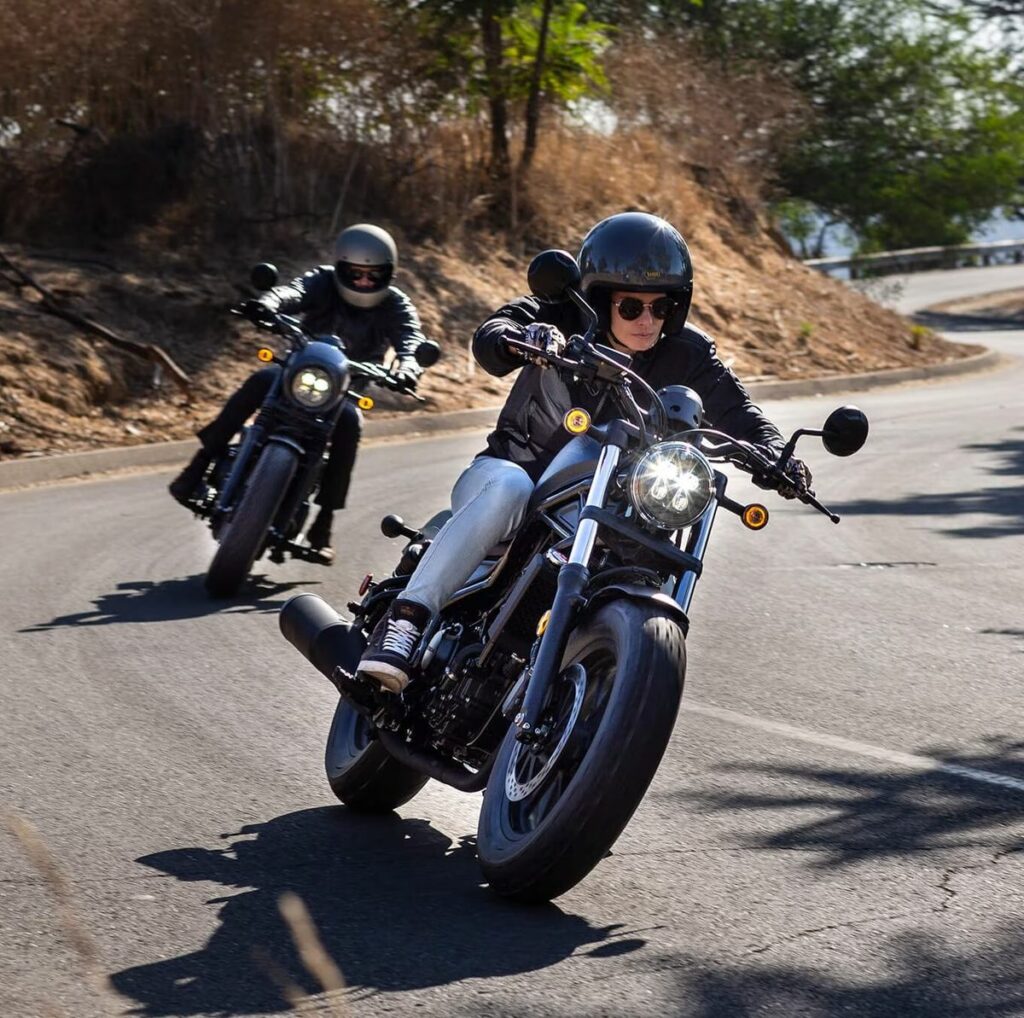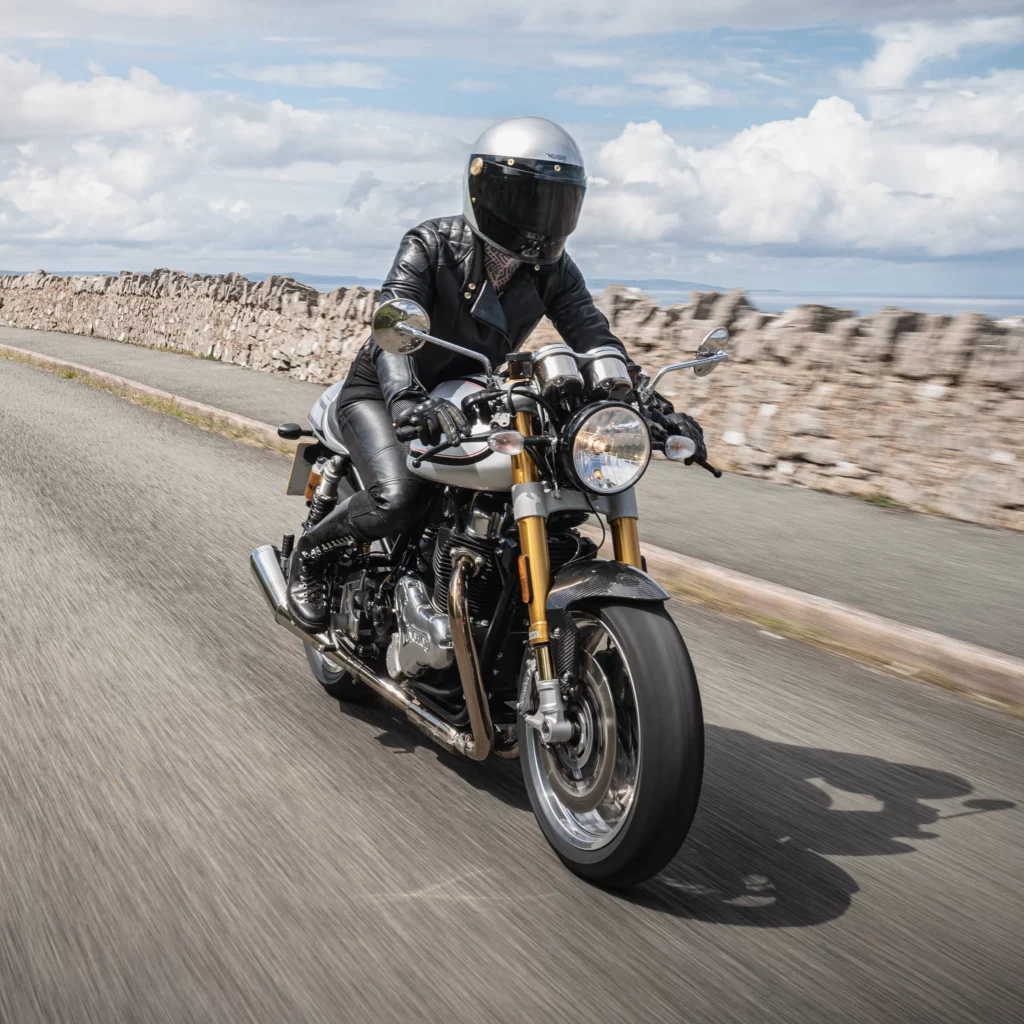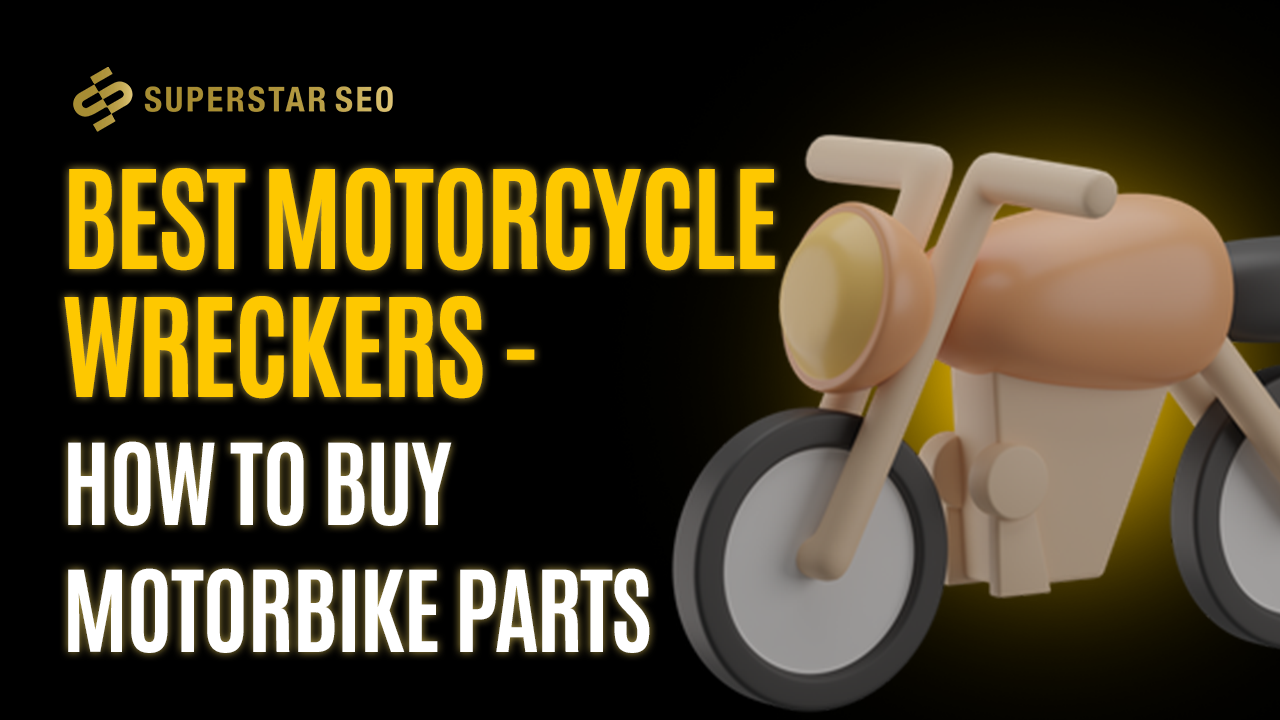Motorcycle Wreckers – How to Buy Motorbike Parts
Have you ever felt the thrill of bringing an old motorcycle back to life? It's like stepping back in time, each part holding stories from decades past. In the world of bike restoration, hunting for old motorcycle parts isn't just a necessity; it's an adventure. Motorcycle wreckers can help you hunt for these parts and learn more about the whole process!
Understanding the Old Motorcycle Parts Market
The old motorcycle parts market is a dynamic blend of history, passion, and mechanics. Originating from the need to maintain vintage bikes, it has evolved into a pursuit of preserving motorcycling heritage.
Today, enthusiasts range from purists seeking original parts for authenticity to custom builders mixing old and new. The market is varied, catering to different needs and values, driven by the rarity and condition of parts.
Beyond the practicalities, there's an emotional aspect, with many restorers seeking a connection to the past or a personal legacy. However, challenges like counterfeit parts and inflated prices require knowledge and caution. This market isn't just about parts; it's about the stories and history they represent in the motorcycling world.
Identifying Sources for Old Motorcycle Parts
Finding old motorcycle parts involves exploring a variety of sources, each with its unique advantages. Online marketplaces and forums have become go-to options, offering a vast selection and the convenience of global access. However, the ease of online shopping comes with the need for careful scrutiny to avoid misrepresentation.
Local junkyards and motorcycle repair shops present opportunities to inspect parts in person, adding a level of assurance about the condition and authenticity. These places are especially valuable for finding common parts or unexpected treasures.
Swap meets and motorcycle rallies are not just sources for parts but also hubs for networking with fellow enthusiasts and experts. They often yield rare finds and valuable insights.
Specialty stores and vintage part dealers cater to those seeking verified, quality parts, often at a higher price. They provide a balance between authenticity and reliability, especially for rare or highly sought-after components.

Evaluating the Condition of Old Motorcycle Parts
When embarking on your restoration project, assessing the condition of old motorcycle parts is a critical step. It’s not just about how a part looks on the outside; its internal wear and history are equally important.
Start by inspecting for visible signs of wear and tear. Look for rust, corrosion, or any signs of previous repairs, which can indicate the part’s longevity and potential future issues. If you’re not able to inspect the part in person, ask the seller for detailed photographs or descriptions.
Understanding the part’s history is also key. Has it been refurbished or is it in its original state? Refurbished parts may offer a balance between vintage authenticity and functionality, but ensure that the refurbishment was done professionally.
Be mindful of the part's age and typical lifespan. Some parts might be too worn to function reliably, even if they fit the aesthetic of your project. For example, rubber parts like seals and hoses degrade over time, regardless of their appearance.
Additionally, consider how critical the part is to your bike’s safety and performance. Aesthetic components might be more forgiving in terms of wear, but structural or mechanical parts require stringent evaluation.
Ultimately, evaluating the condition of old motorcycle parts requires a mix of technical knowledge, attention to detail, and sometimes a bit of intuition. Your assessment will play a significant role in the safety, performance, and overall success of your restoration project.
Compatibility and Fit
One of the key challenges in restoring old motorcycles is ensuring the compatibility and fit of the parts you choose. Before making any purchase, invest time in researching whether the part fits your specific motorcycle model. This isn’t just about size and shape; it’s also about the era, make, and intended use of the part.
Utilize part numbers and manufacturer's specifications as your first reference point. These details are often available in maintenance manuals or can be found through online research and motorcycle forums. Remember, a mismatched part can lead to mechanical issues or detract from the authenticity of your restoration.
Sometimes, you may encounter situations where custom modifications are necessary, especially in projects that blend old and new elements or when working with rare models. While customizing can be a creative and satisfying aspect of restoration, it’s important to consider the impact on your bike’s overall character and value. Excessive modifications might alter the bike’s original essence or affect its future resale value.
Whether you’re aiming for a historically accurate restoration or a custom build, ensure that each part not only fits mechanically but also aligns with your vision for the bike. The right parts should blend seamlessly, maintaining the integrity and aesthetics of your motorcycle while also ensuring it runs smoothly and reliably.
Legal and Safety Considerations
As you integrate old motorcycle parts into your restoration project, remember to keep legal and safety issues at the forefront of your decisions. Make sure your bike meets local vehicle regulations, particularly concerning emissions and roadworthiness.
Your safety is paramount; using vintage parts that are worn or not up to current standards can be risky. Always check that these parts comply with modern safety requirements. Additionally, consider how using older parts might affect your bike's insurance and registration.
Staying on top of these legal and safety aspects not only protects you as a rider but also ensures your motorcycle remains a cherished, roadworthy piece of history.
Price Negotiation and Value Assessment
In your journey to acquire old motorcycle parts, understanding their market value is crucial. Research the going rates, especially for rare or unique parts. Your knowledge is a powerful tool during negotiations. If you notice issues like wear or non-original elements, don't hesitate to use this information to discuss a fairer price.
Remember, the true value of a part extends beyond its price. It's also about its fit in your restoration project. A more expensive, authentic part can enhance your bike's overall value, while a cheaper, less authentic part might not meet your long-term satisfaction. Aim for a balance where the cost reflects the part's worth in terms of authenticity and personal value to your project.

Online Transactions and Shipping
Navigating online transactions for old motorcycle parts requires a blend of caution and savvy. Start by vetting your sellers carefully. Look for credible reviews and clear return policies to gauge their reliability. This step is crucial in ensuring you're getting exactly what you're paying for.
When it comes to shipping, factor in the costs upfront; shipping can be pricey, particularly for bulkier or heavier parts, and can significantly impact the overall cost. Be sure to get a clear understanding of the shipping process, including timelines and handling procedures, to avoid any surprises.
Stay vigilant against scams. Deals that seem too good to be true often are, especially in the online marketplace, where misleading descriptions or counterfeit parts are not uncommon. Trust your instincts and do your due diligence.
Lastly, consider the shipping's safety and security. This is not just about getting the part to your doorstep but ensuring it arrives in the promised condition, ready to become a part of your motorcycle's story. A part damaged in transit can set your project back significantly, both in time and cost.
Restoration and Installation
When it comes to the restoration and installation of old motorcycle parts, consider whether to take a DIY approach or seek professional help. If you're confident in your mechanical skills and have the necessary tools, DIY can be a rewarding experience. However, intricate or specialized tasks might require a professional's touch to ensure precision and maintain the bike's integrity.
In both scenarios, use the correct tools and follow the manufacturer's guidelines. This attention to detail is not just about getting the part to fit; it's about preserving the bike's functionality and authenticity. For parts that are particularly rare or delicate, professional restoration services can offer the expertise needed to handle them with care.
Remember, the goal is to maintain the balance between the motorcycle's original character and safe, reliable performance. Whether you’re replacing a simple component or undertaking a full-scale restoration, each step should be aligned with this goal.
Your approach to restoration and installation will greatly influence the final outcome of your project, both in terms of aesthetics and performance.
Community and Networking
Engaging with the community and building a network is a vital aspect of your motorcycle restoration journey. Motorcycle clubs and online forums are not just places to find parts; they're resources for invaluable advice, support, and shared experiences. Here, you can connect with fellow enthusiasts who can offer practical tips, vendor recommendations, or even that hard-to-find part.
Participating in events, like swap meets and rallies, also provides opportunities to meet experts and hobbyists alike. These gatherings can be treasure troves of information and inspiration, and sometimes, the perfect place to find a rare part or a new restoration idea.
Don't underestimate the power of sharing your own experiences too. Contributing to these communities, whether online or in person, can lead to meaningful connections and unexpected avenues for assistance in your project.
Embracing the motorcycle community not only enriches your restoration project but also deepens your connection to the wider world of motorcycling. It's through these interactions that you gain more than just parts or advice; you become part of a passionate collective, each member contributing to the preservation and celebration of motorcycle heritage.
Conclusion
Restoring motorcycles with old parts from the best motorcycle wreckers is a rewarding endeavor that connects enthusiasts to the rich history of motorcycling. With careful consideration and informed choices, one can safely enjoy the journey of bringing a vintage bike back to life.





